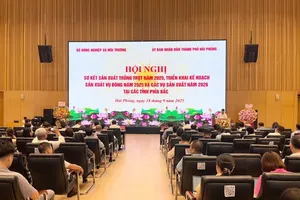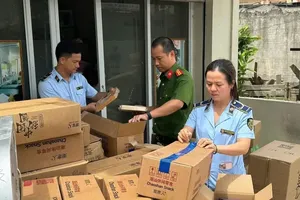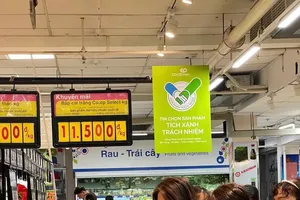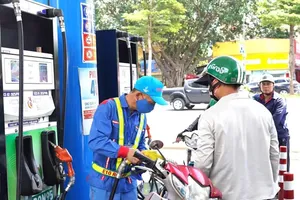At a roundtable talk titled “Developing Logistics Centers: Enhancing Connectivity and Unleashing a Sustainable Supply Chain,” held by the Ministry of Industry and Trade on May 29, experts and business leaders called for a comprehensive integration of logistics data within and across logistics hubs, and emphasized the urgent need to align logistics planning with broader transportation infrastructure, particularly rail networks.

According to Ms. Dang Hong Nhung, a representative of the Agency of Foreign Trade under the Ministry of Industry and Trade, Vietnam is currently home to 69 logistics centers—a tenfold increase compared to the 2007–2012 period. Preliminary data from 45 out of 63 provinces and cities reveal that the country’s logistics network has expanded significantly, not only in quantity but also in scale and functionality.
Previously, logistics hubs mainly served limited scopes—individual businesses, industrial zones, or local jurisdictions. Today, however, an increasing number of integrated logistics centers have emerged, capable of catering to entire industries or large economic regions. Geographically, while logistics hubs were once heavily concentrated in the Southeastern region due to its dense network of industrial parks, major facilities are now also taking shape in the North and Central regions. Notable examples include the Bac Giang International Logistics Center and the Viettel Logistics Park in Lang Son.

This expansion is not merely about numbers and scale. The transformation also reflects technological evolution. Since 2017, many logistics centers have adopted Industry 4.0 technologies, integrating a variety of systems such as cold storage, bonded warehouses, domestic storage, and even specialized facilities for agricultural products—which require strict controls on humidity and ventilation.
The Agency of Foreign Trade highlighted that Vietnam’s logistics sector holds vast potential, with an annual growth rate of 14–16 percent. According to the World Bank’s Logistics Performance Index, Vietnam currently ranks 43rd globally. Meanwhile, Agility’s 2023 Emerging Markets Logistics Index places Vietnam among the world’s top ten most attractive emerging logistics markets.
However, Ms. Dang Hong Nhung also noted several persistent bottlenecks. Notably, the absence of nationally or regionally scaled logistics hubs could play a leading, strategic role. In addition, logistics planning remains poorly integrated with national transport infrastructure, creating inefficiencies across the supply chain.
Ms. Truong Thi Mui, Deputy General Director of Bac Giang International Logistics Co., Ltd., emphasized that while businesses are stepping up, stronger government coordination is essential. She recommended that logistics development be systematically embedded into national transportation plans—especially rail corridors—to ensure that logistics hubs can truly operate at full capacity and drive sectoral efficiency.
























